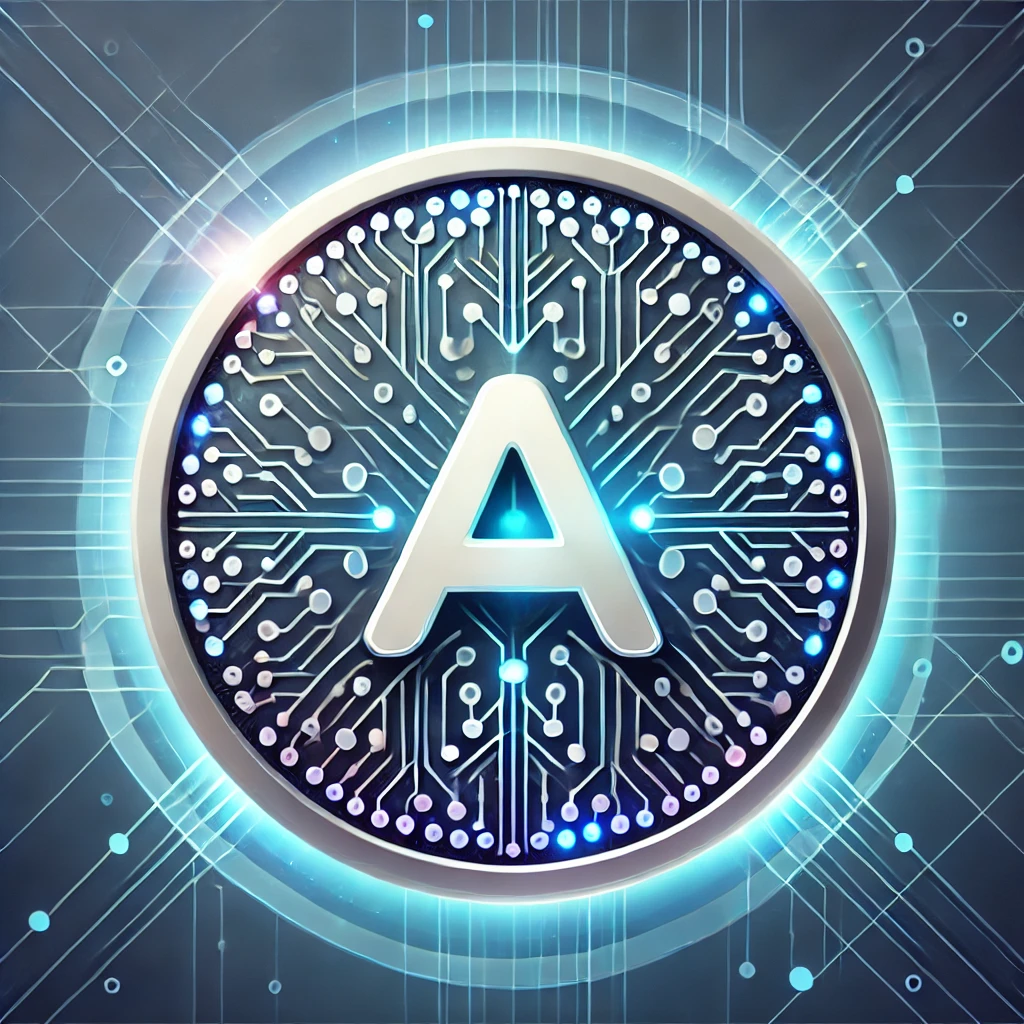OPEN-RAG: Enhancing Retrieval-Augmented Reasoning with Open-Source LLMs
5 min read
Introduction
Retrieval-Augmented Generation (RAG) has emerged as a powerful technique to enhance the factual accuracy of Large Language Models (LLMs) by integrating external knowledge. However, existing RAG methods often struggle with reasoning capabilities, especially when using open-source LLMs. To address this limitation, the authors introduce OPEN-RAG, a novel framework designed to improve reasoning in RAG systems using open-source LLMs. This framework transforms dense LLMs into parameter-efficient sparse mixture of experts (MoE) models, enabling them to handle complex reasoning tasks more effectively.
OPEN-RAG not only improves reasoning but also introduces a hybrid adaptive retrieval method to balance performance and inference speed. This makes it a promising solution for real-world applications where both accuracy and efficiency are critical.
Key Features of OPEN-RAG
1. Sparse Mixture of Experts (MoE) Architecture
OPEN-RAG leverages a sparse MoE architecture, which dynamically selects relevant experts for specific tasks. This approach allows the model to focus on the most pertinent information, enhancing its ability to handle complex reasoning tasks such as multi-hop queries.
2. Handling Challenging Distractors
One of the standout features of OPEN-RAG is its ability to navigate misleading distractors—information that appears relevant but is ultimately incorrect. By training the model to identify and ignore such distractors, OPEN-RAG ensures more accurate and contextually relevant responses.
3. Hybrid Adaptive Retrieval Method
OPEN-RAG introduces a hybrid adaptive retrieval method that determines when retrieval is necessary. This approach balances the trade-off between performance gain and inference speed, making the framework more efficient without compromising accuracy.
4. Latent Learning and External Knowledge Integration
The framework employs latent learning to dynamically integrate external knowledge. This ensures that the model can adapt to new information and provide more accurate responses, even in complex scenarios.
Performance and Benchmarks
OPEN-RAG has been rigorously tested across multiple benchmarks, demonstrating its superiority over state-of-the-art models like ChatGPT, Self-RAG, and Command R+. Key performance highlights include:
- Multi-Hop QA: OPEN-RAG excels in multi-hop question-answering tasks, where it must combine information from multiple sources to arrive at the correct answer.
- Fact Verification: The framework shows significant improvements in fact verification tasks, accurately distinguishing between true and false statements.
- Open-Domain QA: OPEN-RAG outperforms other models in open-domain question-answering, providing more accurate and contextually relevant responses.
Additionally, OPEN-RAG achieves a 3.5x speedup in inference time compared to dense models, making it a highly efficient solution for real-world applications.
Insights and Implications
The success of OPEN-RAG has several important implications for the field of AI and natural language processing:
- Enhanced Reasoning Capabilities: By improving the reasoning capabilities of open-source LLMs, OPEN-RAG bridges the gap between proprietary and open-source models, making advanced AI more accessible.
- Efficiency and Scalability: The framework's hybrid adaptive retrieval method and sparse MoE architecture make it highly efficient, enabling its use in resource-constrained environments.
- Real-World Applications: OPEN-RAG's ability to handle complex reasoning tasks and its improved inference speed make it suitable for a wide range of applications, from customer support to academic research.
Conclusion
OPEN-RAG represents a significant advancement in the field of Retrieval-Augmented Generation, particularly for open-source Large Language Models. By enhancing reasoning capabilities, improving efficiency, and introducing innovative features like the sparse MoE architecture and hybrid adaptive retrieval method, OPEN-RAG sets a new standard for RAG frameworks. Its superior performance across multiple benchmarks and its potential for real-world applications make it a promising solution for the future of AI.
